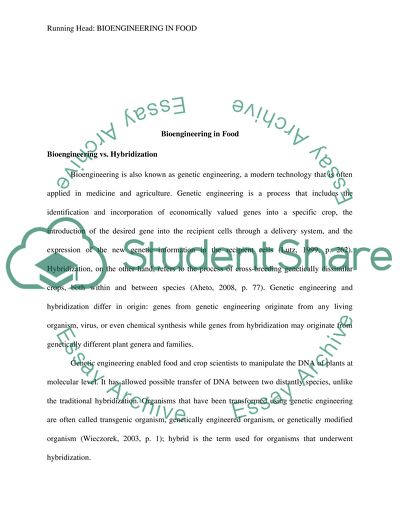Cite this document
(“Bioengineering in Food Research Paper Example | Topics and Well Written Essays - 1000 words”, n.d.)
Bioengineering in Food Research Paper Example | Topics and Well Written Essays - 1000 words. Retrieved from https://studentshare.org/environmental-studies/1440811-bioengineering-in-food
Bioengineering in Food Research Paper Example | Topics and Well Written Essays - 1000 words. Retrieved from https://studentshare.org/environmental-studies/1440811-bioengineering-in-food
(Bioengineering in Food Research Paper Example | Topics and Well Written Essays - 1000 Words)
Bioengineering in Food Research Paper Example | Topics and Well Written Essays - 1000 Words. https://studentshare.org/environmental-studies/1440811-bioengineering-in-food.
Bioengineering in Food Research Paper Example | Topics and Well Written Essays - 1000 Words. https://studentshare.org/environmental-studies/1440811-bioengineering-in-food.
“Bioengineering in Food Research Paper Example | Topics and Well Written Essays - 1000 Words”, n.d. https://studentshare.org/environmental-studies/1440811-bioengineering-in-food.


